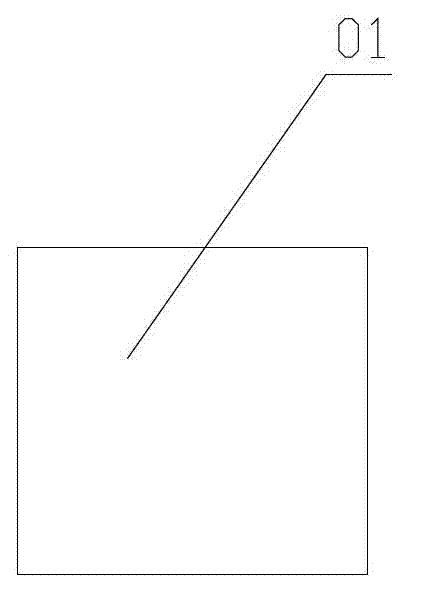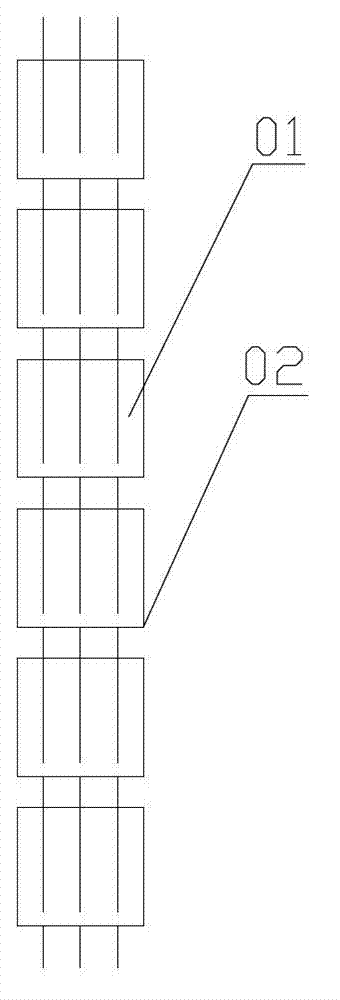Photovoltaic module and packaging process thereof
A technology for photovoltaic modules and packaging technology, applied in the field of solar modules, can solve the problems of large environmental pollution, increased fragmentation rate, thin cell thickness, etc., to avoid environmental pollution, prolong service life, and ensure the effect of air tightness
- Summary
- Abstract
- Description
- Claims
- Application Information
AI Technical Summary
Problems solved by technology
Method used
Image
Examples
Embodiment Construction
[0053] The object of the present invention is to provide a photovoltaic module with high light transmittance.
[0054] Another object of the present invention is to provide a packaging process for the above-mentioned photovoltaic module, which can improve its production efficiency, reduce production costs, and reduce the fragmentation rate during the packaging process.
[0055] In order to enable those skilled in the art to better understand the solution of the present invention, the present invention will be further described in detail below in conjunction with the accompanying drawings and specific embodiments.
[0056] Please refer to Figure 5 , Figure 5 It is a structural schematic diagram of a specific embodiment of the photovoltaic module provided by the present invention in an unevacuated state.
[0057] In a specific embodiment, the photovoltaic module of the present invention includes a first glass plate 1, a battery panel 2, a rubber plate 3 and a second glass pl...
PUM
 Login to View More
Login to View More Abstract
Description
Claims
Application Information
 Login to View More
Login to View More - R&D
- Intellectual Property
- Life Sciences
- Materials
- Tech Scout
- Unparalleled Data Quality
- Higher Quality Content
- 60% Fewer Hallucinations
Browse by: Latest US Patents, China's latest patents, Technical Efficacy Thesaurus, Application Domain, Technology Topic, Popular Technical Reports.
© 2025 PatSnap. All rights reserved.Legal|Privacy policy|Modern Slavery Act Transparency Statement|Sitemap|About US| Contact US: help@patsnap.com



